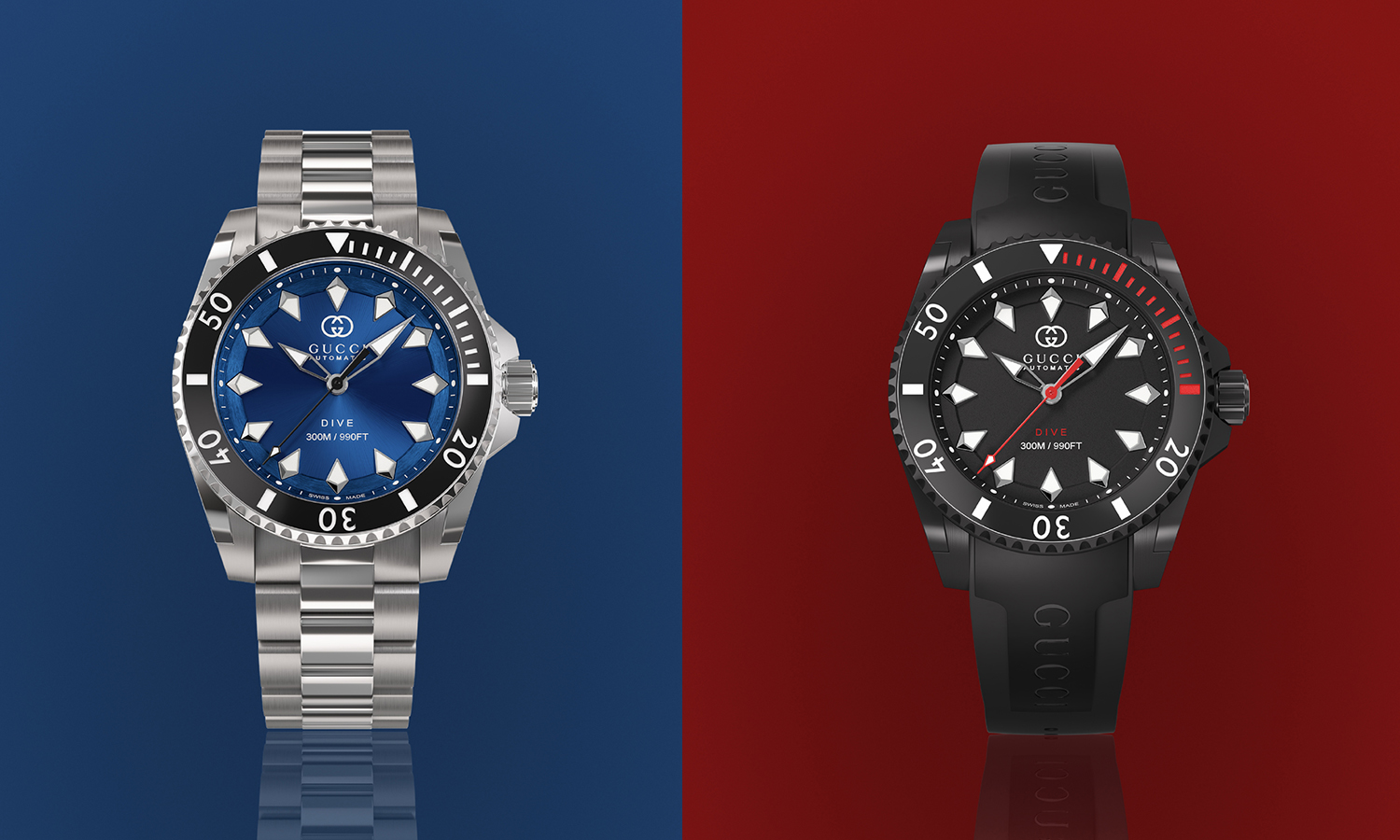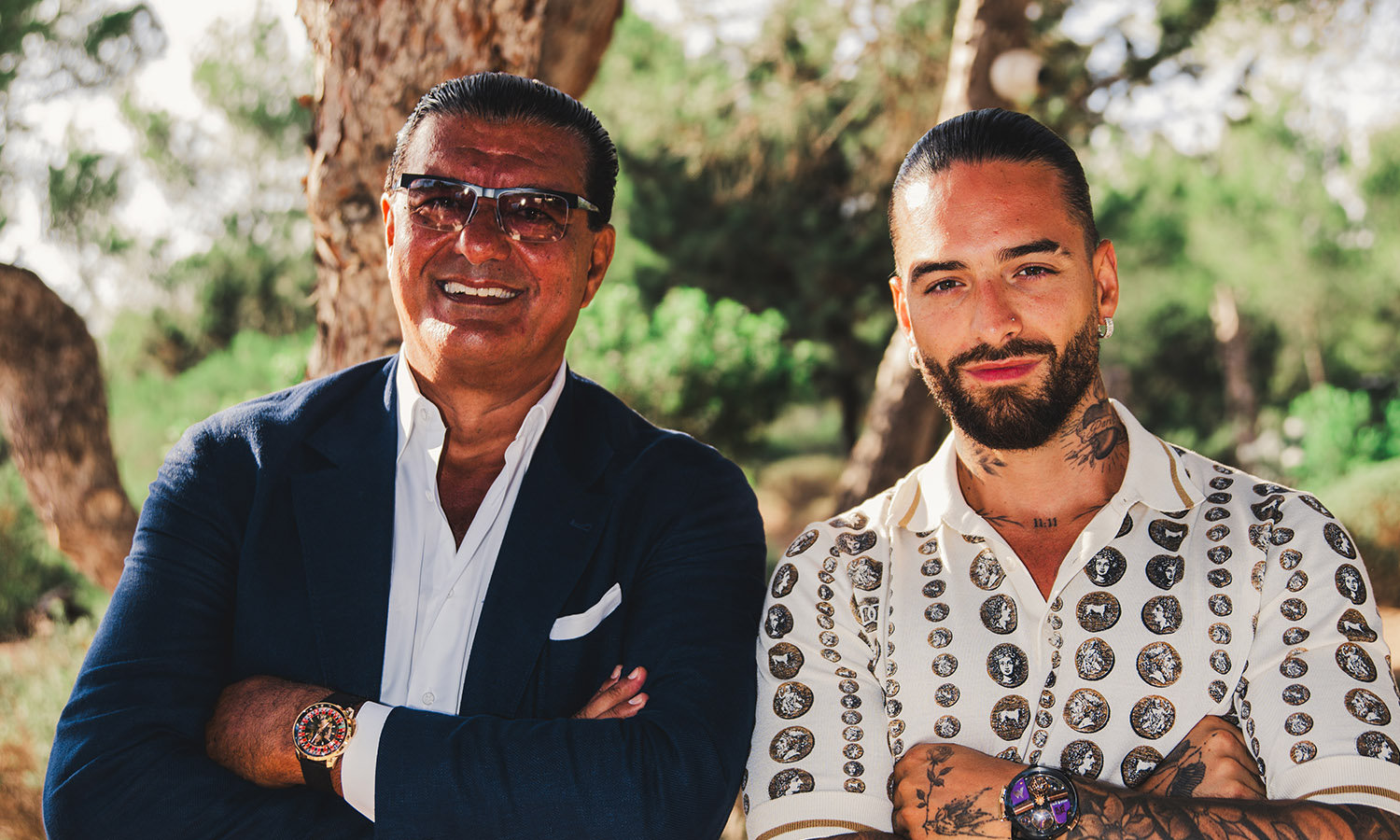
The Modern Watch Collector: A Guide to Selling Luxury Watches As The Industry Continues To Evolve
Over the last few years, investors have dealt with stock market turmoil, banking crises, and the looming fear of a recession. This has led investors to seek out alternative opportunities that would be secure and reliable. While in the past wine and art have been looked to as safe investments, the luxury watch market has increasingly become the go-to investment opportunity in alternative assets.
Traditionally, when someone has reached a milestone in life or achieved a certain level of success, they reward themselves with a piece of luxury jewelry, often choosing a watch from what is considered the Big Three of the luxury watch world – Piguet, Rolex, or Patek Philippe. It’s no surprise that baby boomers own the vast percentage of all fine jewelry currently in the market, says Mills Menser, CEO of Diamond Banc, a prominent national buyer of luxury watches that also provides loans against fine timepieces pledged as collateral. However, an influx of new collectors has pushed luxury watch values. The market has seen a vast shift in buyers as millennials and gen z buyers have entered the collectible world, chasing after luxury watches worn by athletes and celebrities on Instagram and TikTok.
Luxury Watches Have Seen a Huge Influx of New Customers
The luxury watch market has long established a commitment to limited production of the finest watches, feeding a demand for watches that are limited in supply. Unlike many trends, experts don’t see these new younger collectors, as much as a dozen years younger than they used to be, fading away. Even with their obsession with all things digital, the new generation of collectors is enamored with the craftsmanship of the luxury watch. Collectors and sellers have been surprised by the younger generation’s appreciation of fine craftsmanship.
This structural shift in the market has also created some confusion and hesitation for collectors about when and how to sell a piece from their collection. With the entry into the market of these new generations and their penchant for social media, pre-owned watches are not only selling on dozens of online watch sites but popular social media platforms as well. This influx not only presents challenges with market values but issues with who, when, and how to sell a piece. While this new frenzy of collectors and sellers has created a feeling of selling on the spot, it’s important to be informed about resale values and markups. According to David Fernandez, a Market Director for Diamond Banc’s Miami office, it’s important to take into consideration the market value of your piece rather than what you paid for it. Like other markets, what was originally paid for your watch, and its current market value, have no correlation, often to the seller’s benefit, says Menser, CEO of Diamond Banc, he continued, that often Diamond Banc pays watch sellers more for their used watch than was initially paid for them brand new.
For long-time collectors, the arrival of young collectors clamoring for rare and special watches has been a boon to selling pieces. Ninety-five percent of luxury watches are no longer manufactured, driving values for these hard-to-find brands. For this same reason, it’s crucial to consult a credible jewelry expert who can offer guidance and an appraisal to insure that you are getting fair market value when you are ready to sell a piece.

What To Know Before Selling a Piece
Before considering selling a piece from your collection it is important to have some information about your watch beyond the brand, such as the model and reference number. Once you have this information, do a little research into your watch’s history so you know how many watches like yours were manufactured. This will help you get an idea of whether your piece is in high demand and what values look like. Typically, says Diamond Banc, appraisals that are used for insuring a piece are often of little help when it comes to negotiating a price that it can be sold for.
On the other end of selling on the spot, waiting to sell can cost a collector money. It’s common to believe that waiting might make more money and collectors will try to hold off on an offer, in the chance that a higher offer could be found. Or they might think that values could go higher in the future. It can take years for a piece to see a significant increase in market value. More importantly, sellers discount the added money that can be made through compound interest or returns by selling their piece now and investing proceeds. These two factors can substantially increase the original price the piece was sold for.
Regardless of online frenzies and younger eager-to-buy collectors, consider who you are thinking of selling your piece to. Working with a buyer who has not only the capital but the expertise to consider all the value-adding factors into consideration ensures you are getting fair market value for your piece is crucial. It’s important to seek out a veteran expert in the jewelry industry whose guidance and credibility you can trust throughout the transaction, says Diamond Banc’s Menser.
With luxury watch market values continuing to soar and demand at an all-time high, these are all important considerations when selling a piece in your collection.
Written in partnership with OWP
 SIGN UP
SIGN UP











